Every year on November 20th, we pause to honor the memory of transgender individuals who have lost their lives to violence and hatred. The Transgender Day of Remembrance (TDOR) is more than just a day of reflection—it’s a call to action. It’s a time to remember, mourn, and stand in solidarity with the transgender community to fight for a safer, more inclusive future.
What is the Transgender Day of Remembrance?
The Transgender Day of Remembrance was first observed in 1999, founded by transgender advocate Gwendolyn Ann Smith to commemorate the life of Rita Hester, a transgender woman murdered in 1998. Rita’s tragic death, like so many others, highlighted the pervasive violence faced by transgender and gender-diverse individuals.
Since its inception, TDOR has become a global movement—a solemn day to reflect on the systemic issues that contribute to this violence and a rallying cry for justice and equality.
The Reality Behind the Numbers
The violence faced by transgender individuals is a crisis that cannot be ignored. According to reports, hundreds of transgender people are murdered worldwide each year, with many cases going unreported. This violence disproportionately affects transgender women of color, who are at the intersection of racism, sexism, and transphobia.
Key Facts:
- In 2023, over 300 trans and gender-diverse people were reported murdered globally, though the actual number is likely higher due to underreporting.
- Many victims face hate crimes, but systemic issues like poverty, homelessness, and lack of healthcare access also make transgender individuals more vulnerable.
- In countries where LGBTQIA+ rights are suppressed, transgender individuals often face state-sanctioned violence and discrimination.
Why Does This Day Matter?
The Transgender Day of Remembrance is a powerful reminder that behind every statistic is a human life—a person with dreams, loved ones, and a story. It is a call for society to address the structural inequalities that perpetuate violence and to create environments where transgender people can live without fear.
This day also fosters visibility. Too often, the struggles and achievements of transgender individuals are erased or overlooked. TDOR shines a light on these issues, reminding us that silence and inaction contribute to the problem.
How Can You Support the Trans Community?
Commemorating the Transgender Day of Remembrance is not just about looking back; it’s about moving forward. Here’s how you can help create change:
-
Educate Yourself
Learn about the issues transgender people face and amplify their voices. Resources like documentaries, books, and online articles are great starting points. -
Speak Out Against Transphobia
Whether online or in person, challenge hate speech and misinformation whenever you see it. Advocacy starts in our everyday lives. -
Donate to Transgender Organizations
Support nonprofits that provide resources, legal aid, and advocacy for transgender individuals. Some notable organizations include the Transgender Law Center and Trans Lifeline. -
Advocate for Inclusive Policies
Push for local and national policies that protect transgender rights, such as anti-discrimination laws, inclusive healthcare, and access to gender-affirming services. -
Show Solidarity
Attend local vigils or events, and use your platform—no matter how big or small—to raise awareness.
On this Transgender Day of Remembrance, we honor the lives that were taken too soon, but we also look toward a future where such a day will no longer be necessary. A future where transgender individuals are celebrated, protected, and given the freedom to live their truth without fear.
Together, we can turn remembrance into action and grief into resilience. Let us stand united in the fight for justice, equality, and respect for all.



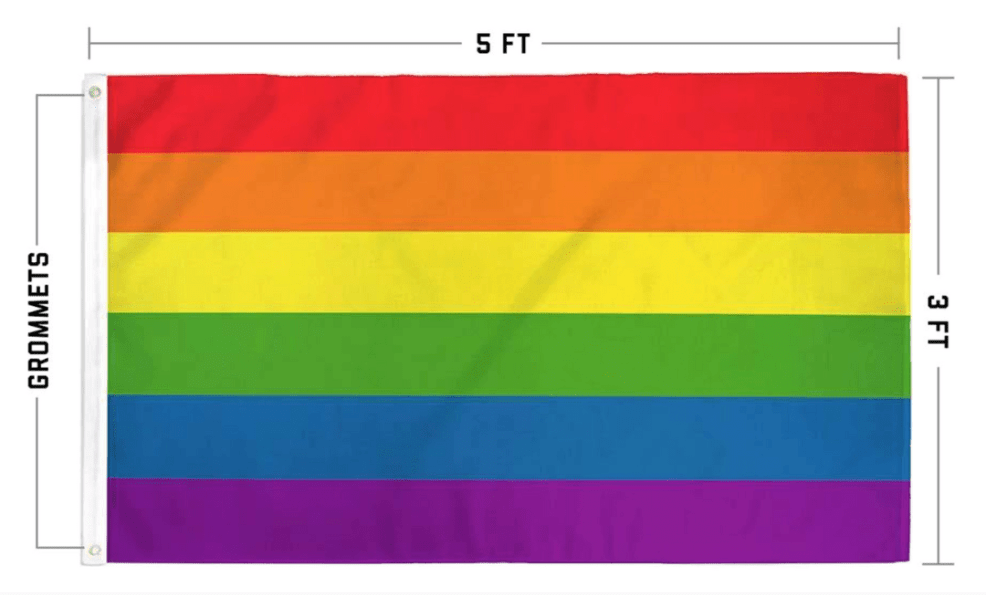

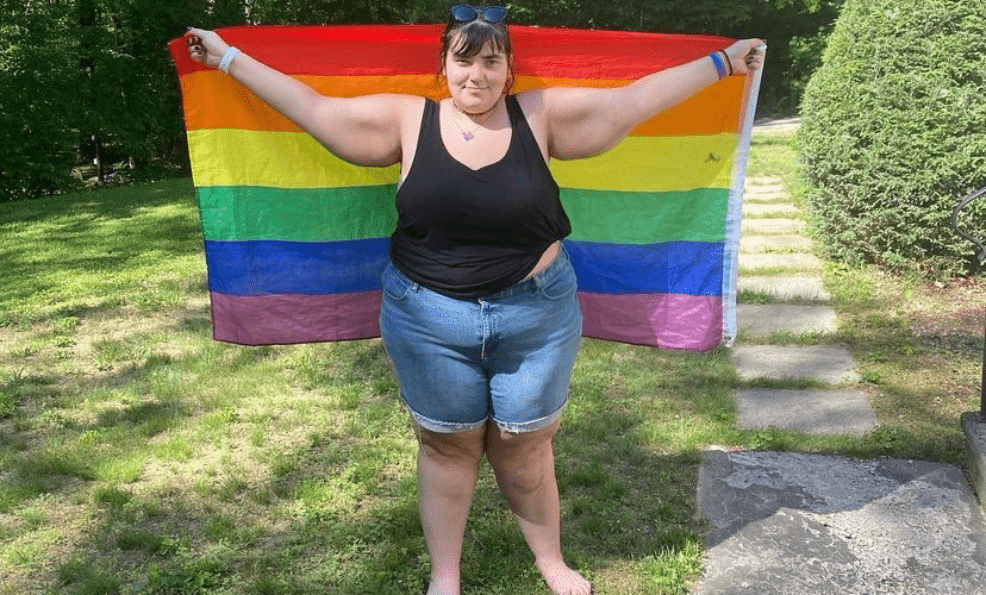


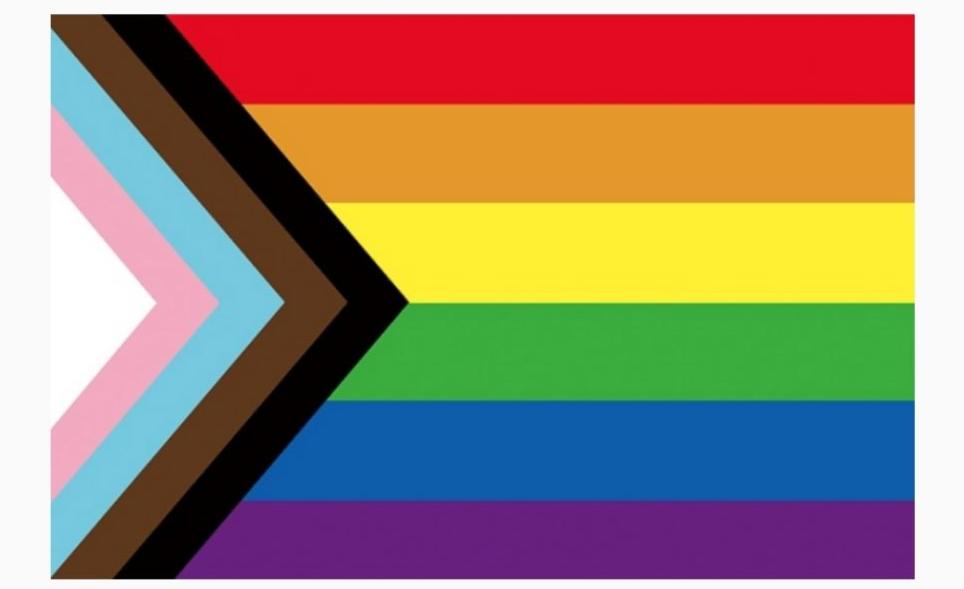

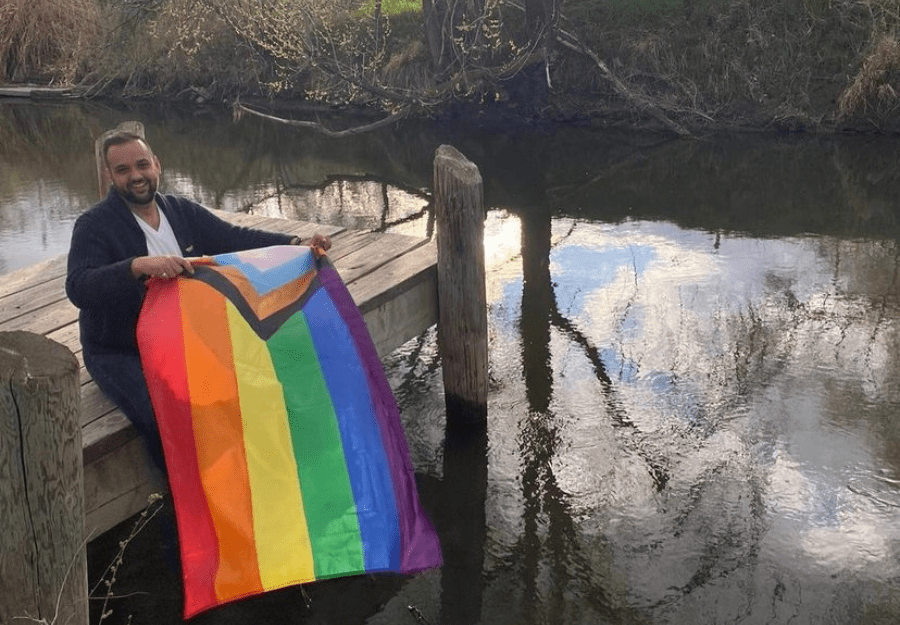

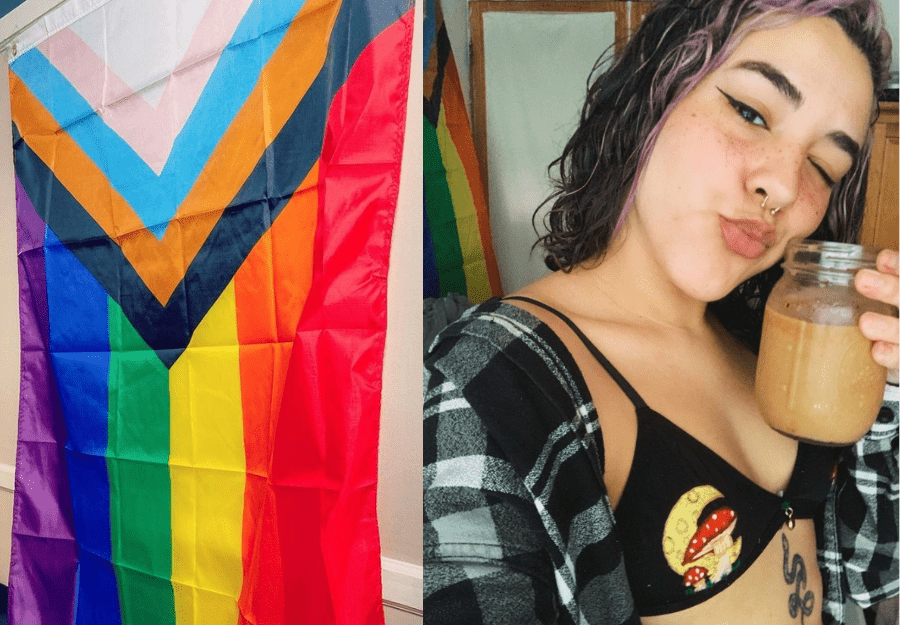




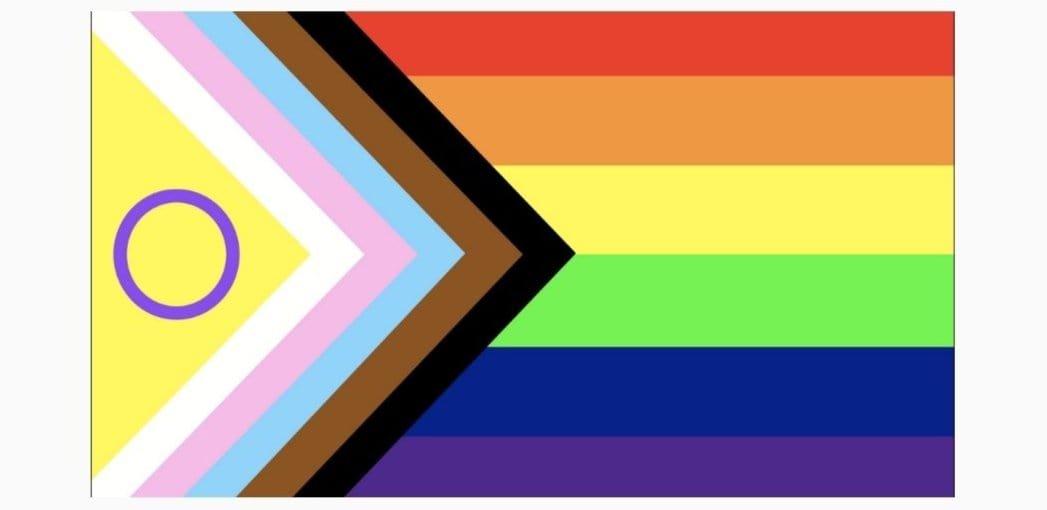

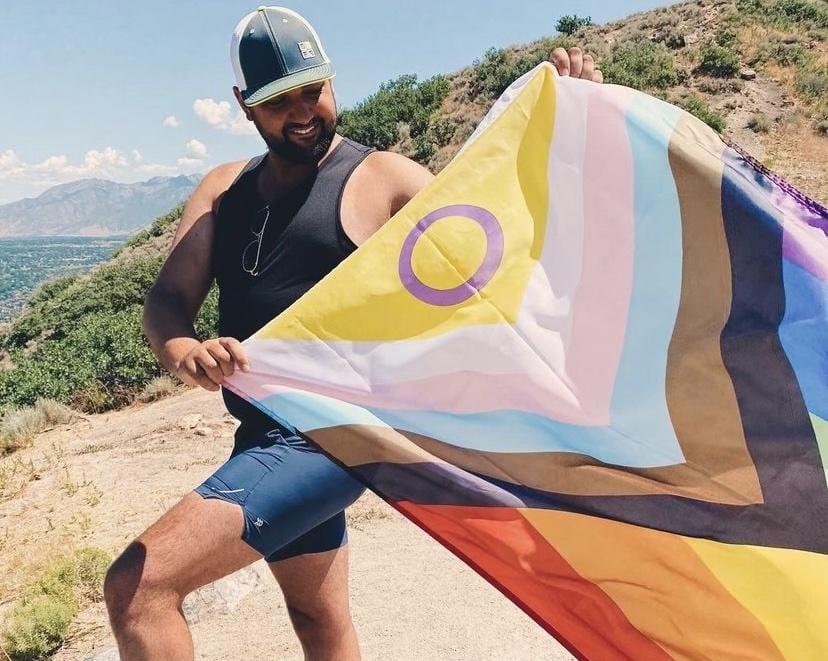
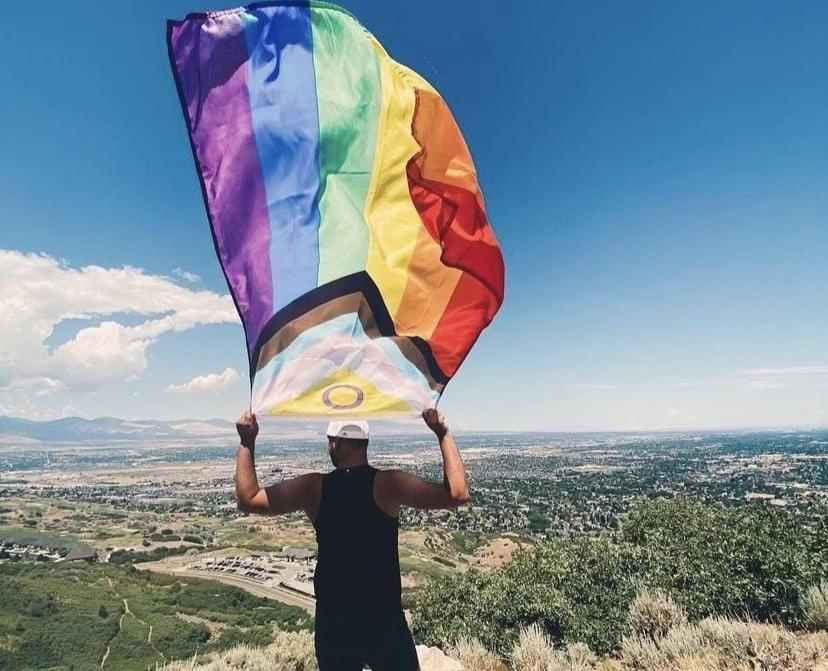

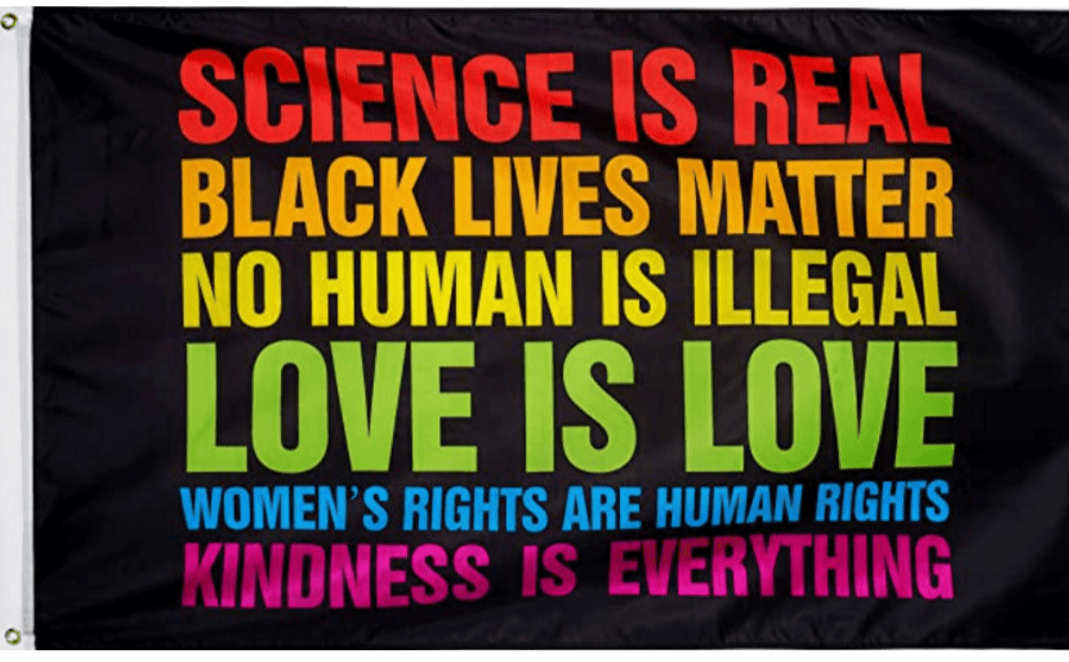

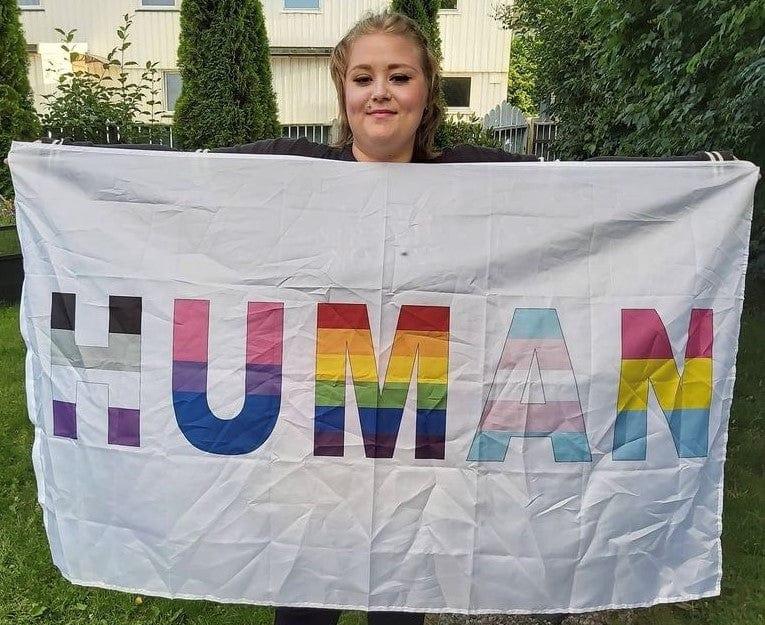
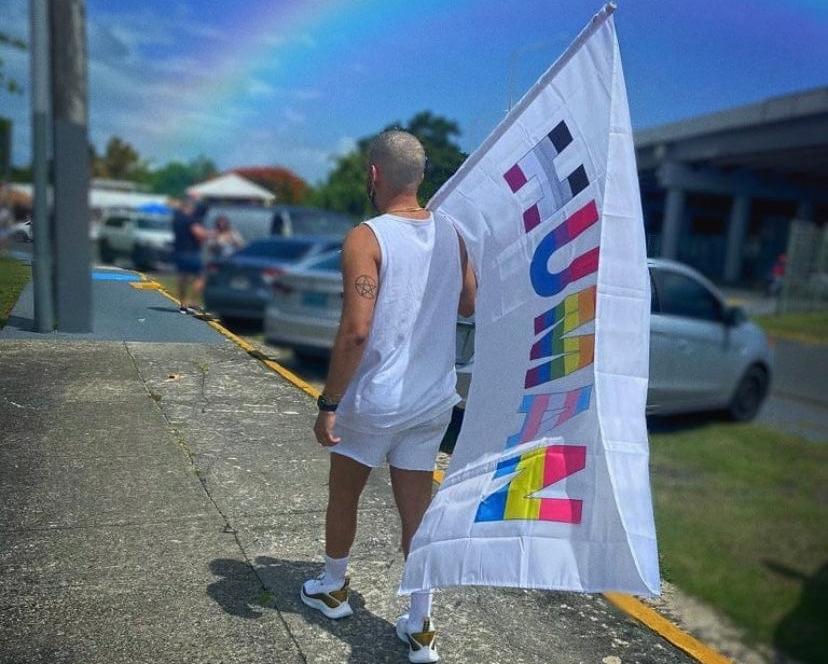
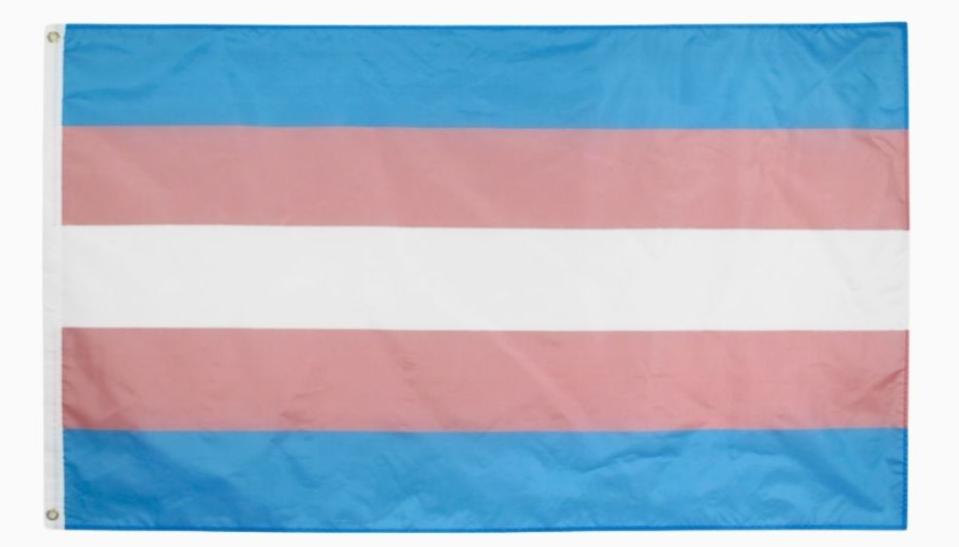
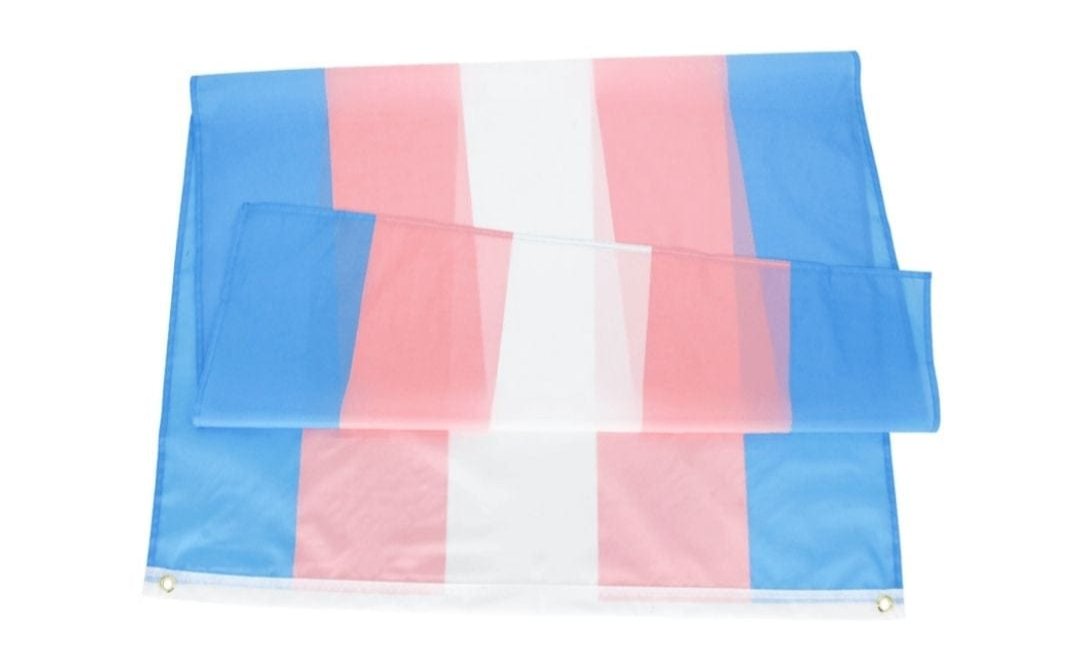
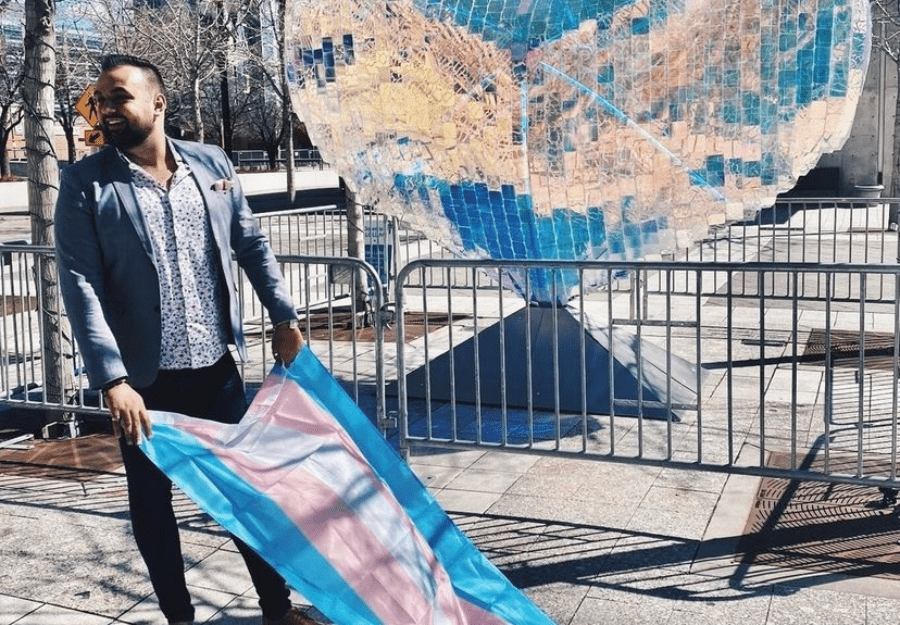


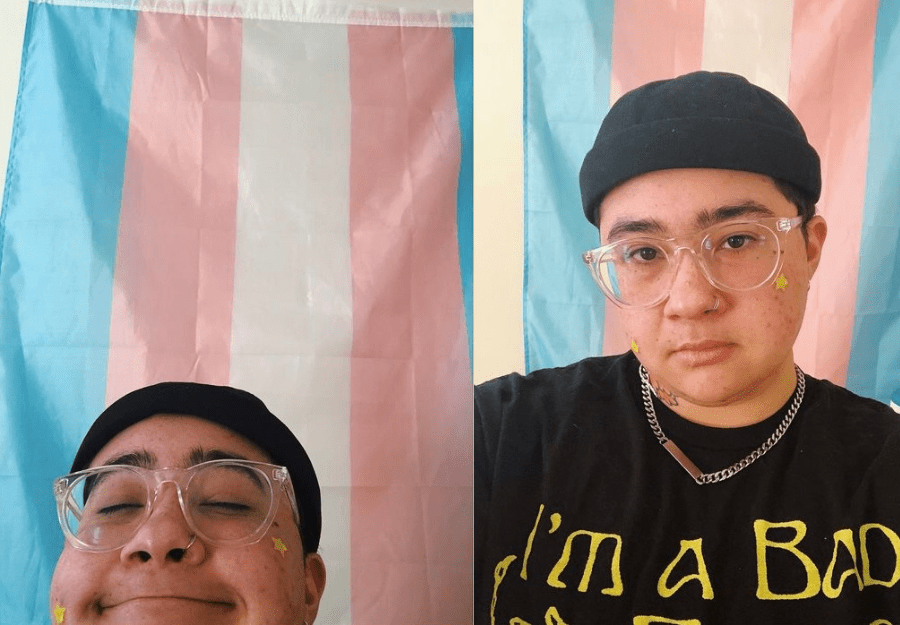
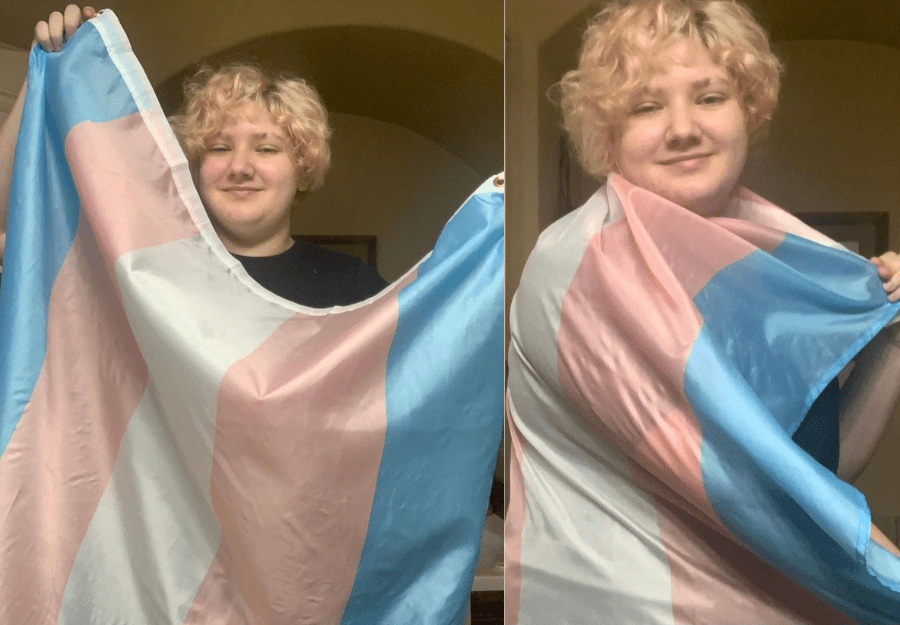

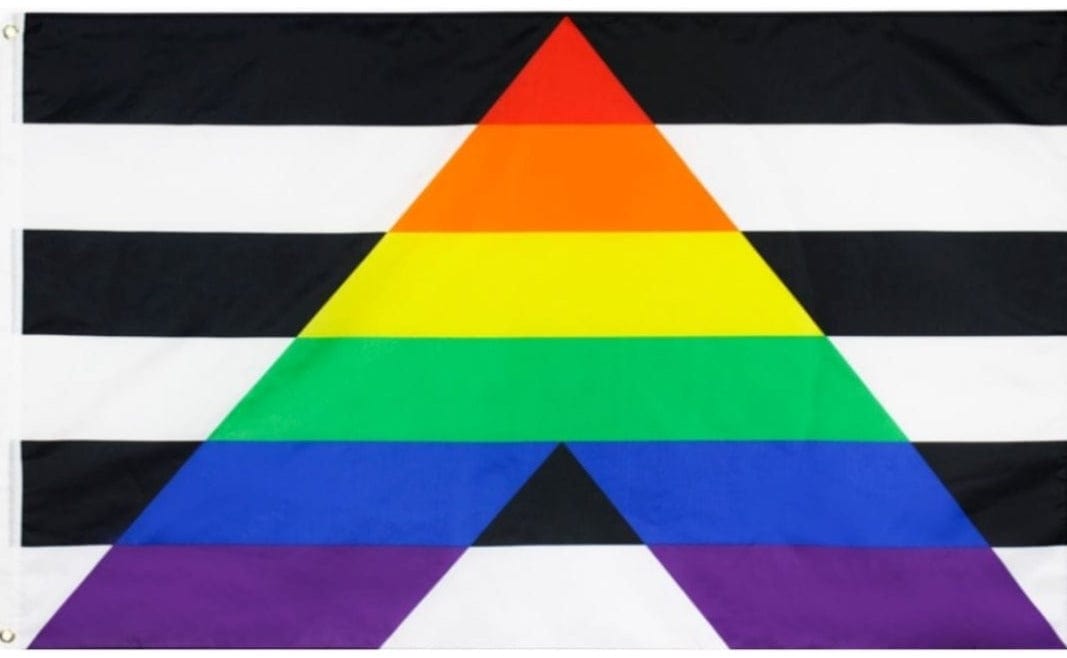
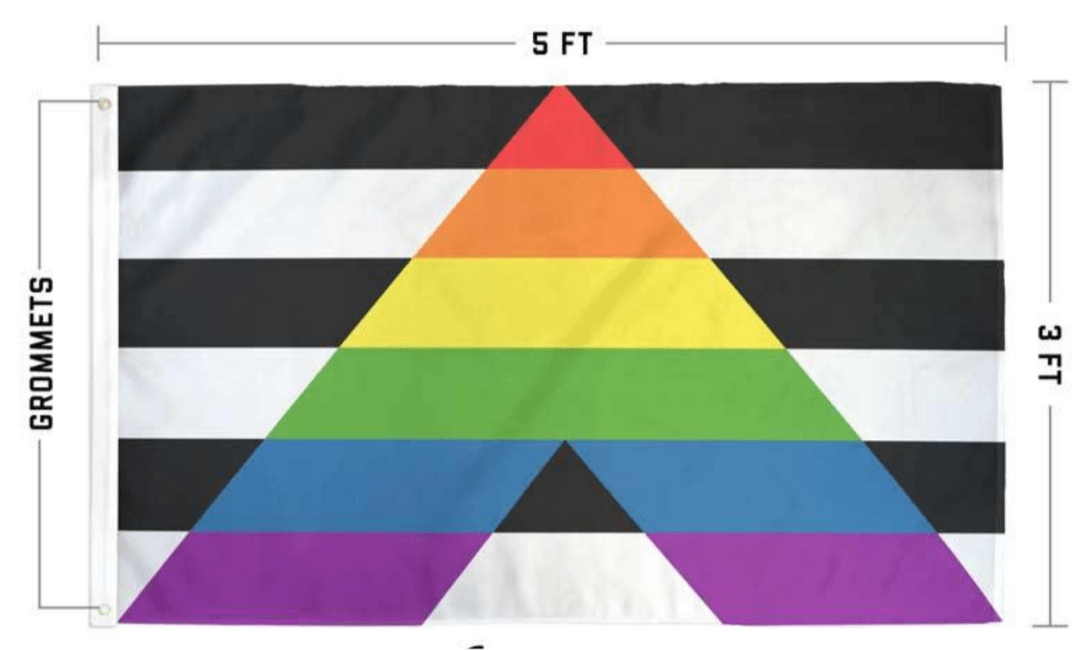

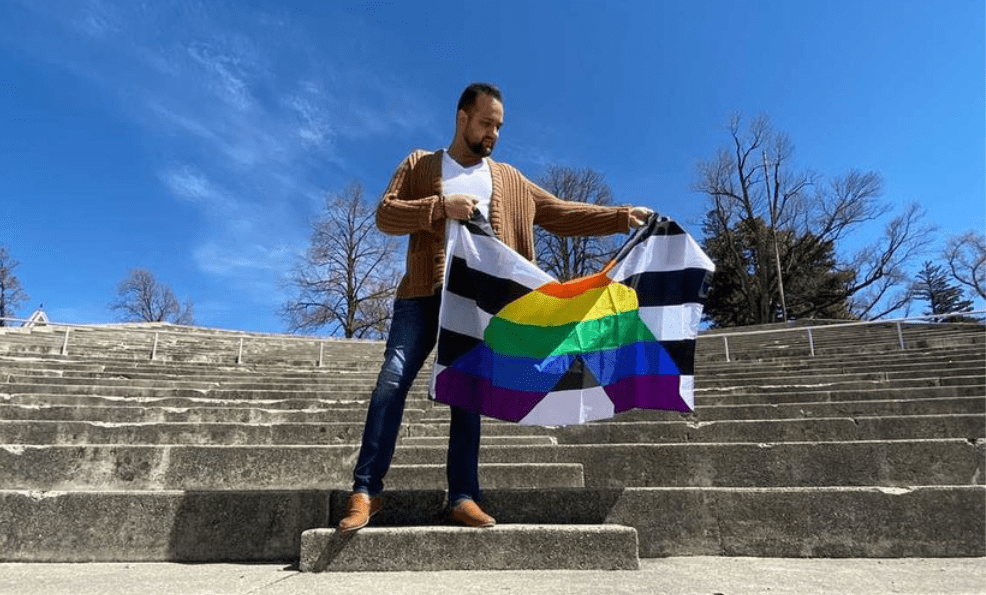
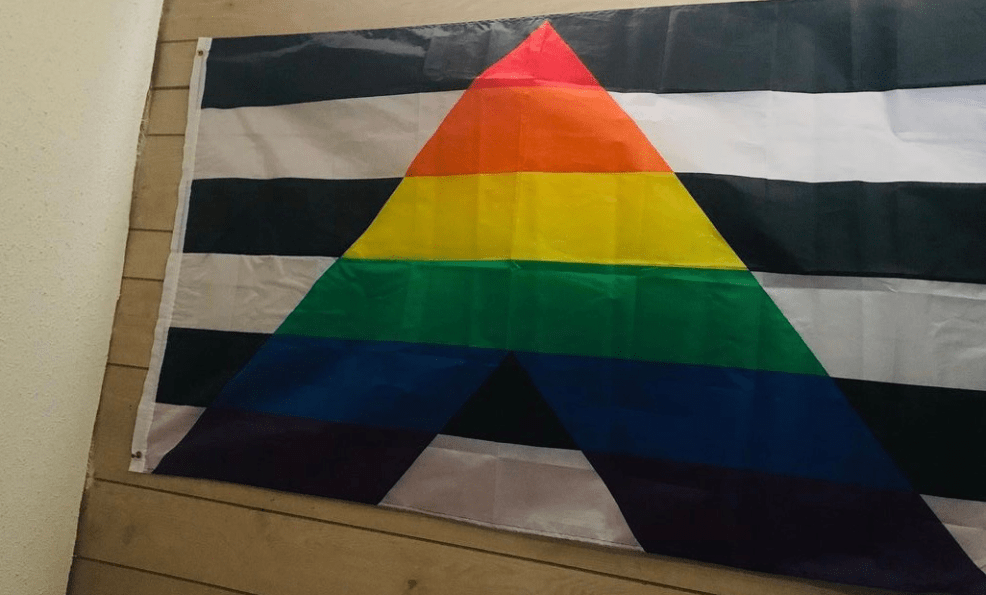


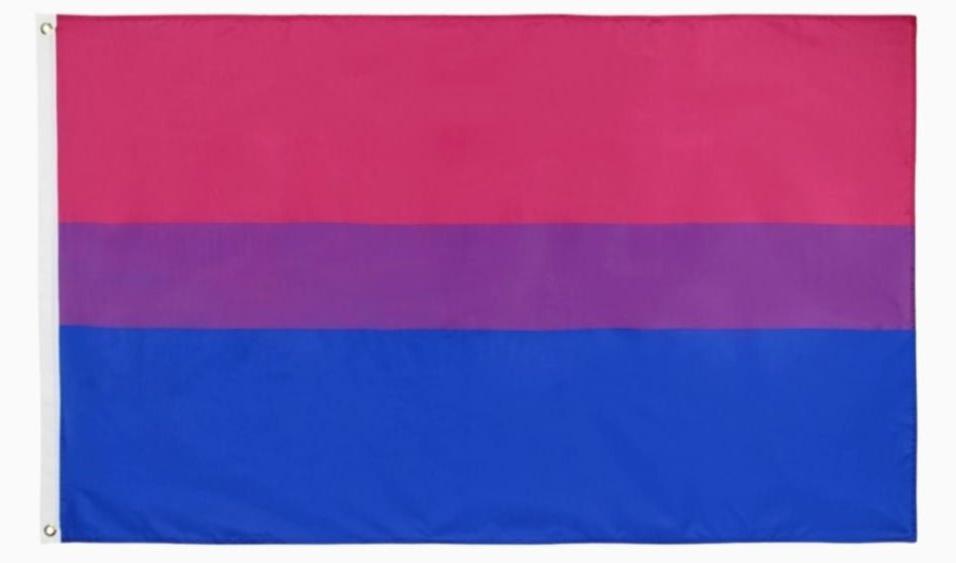


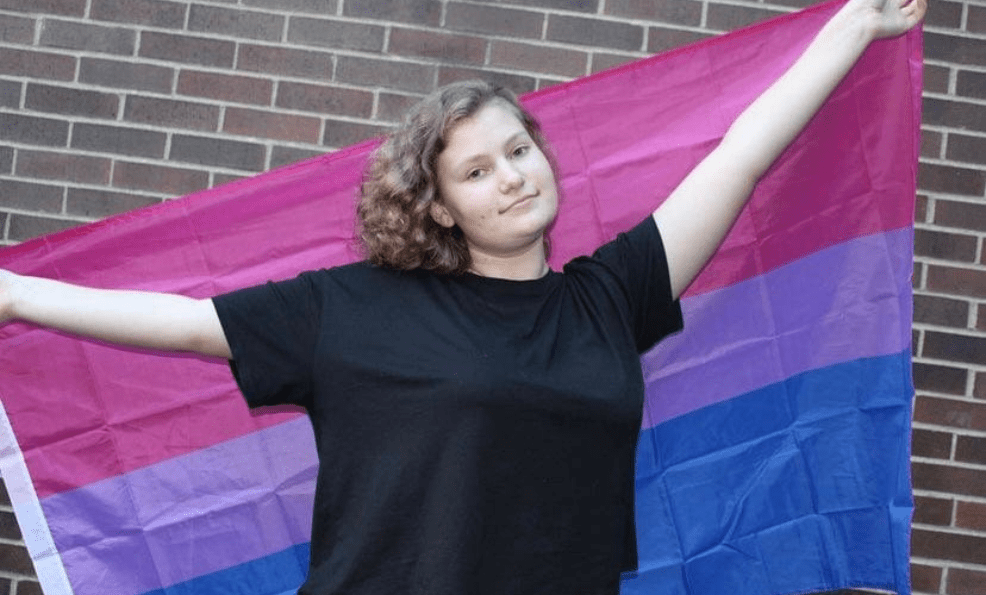
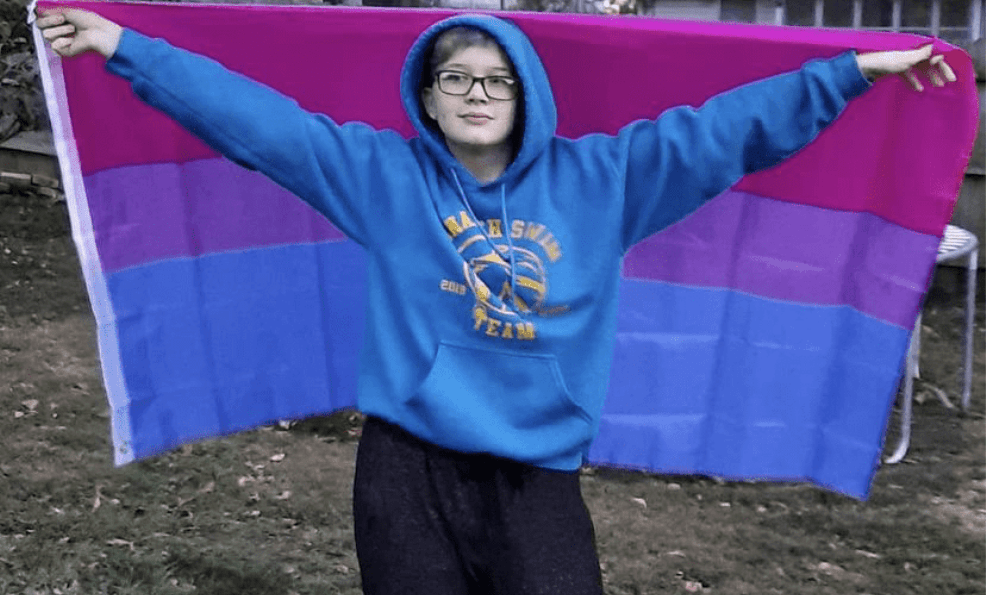

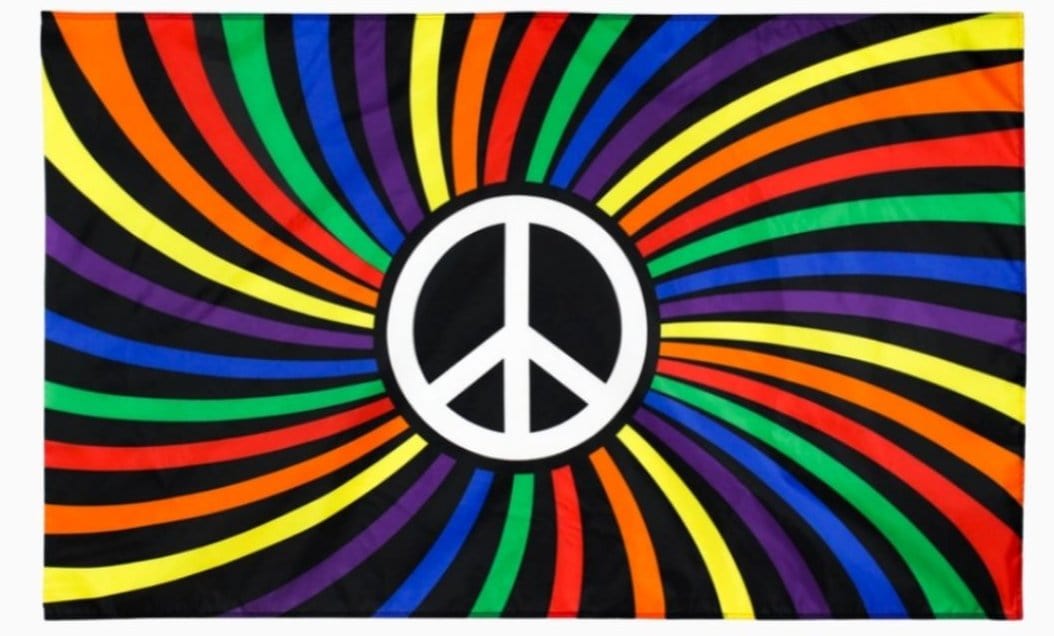



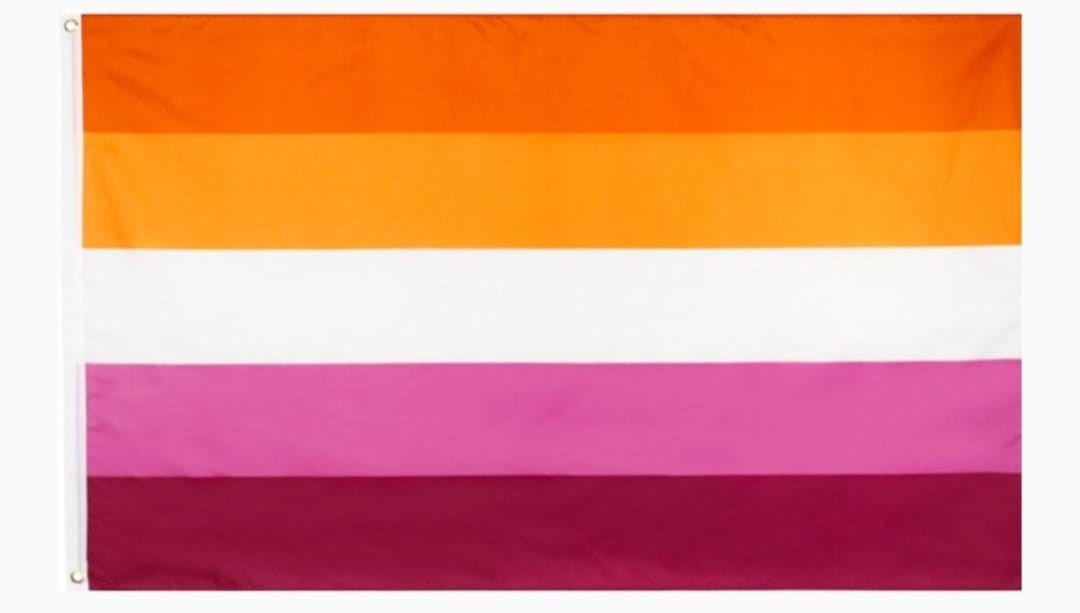







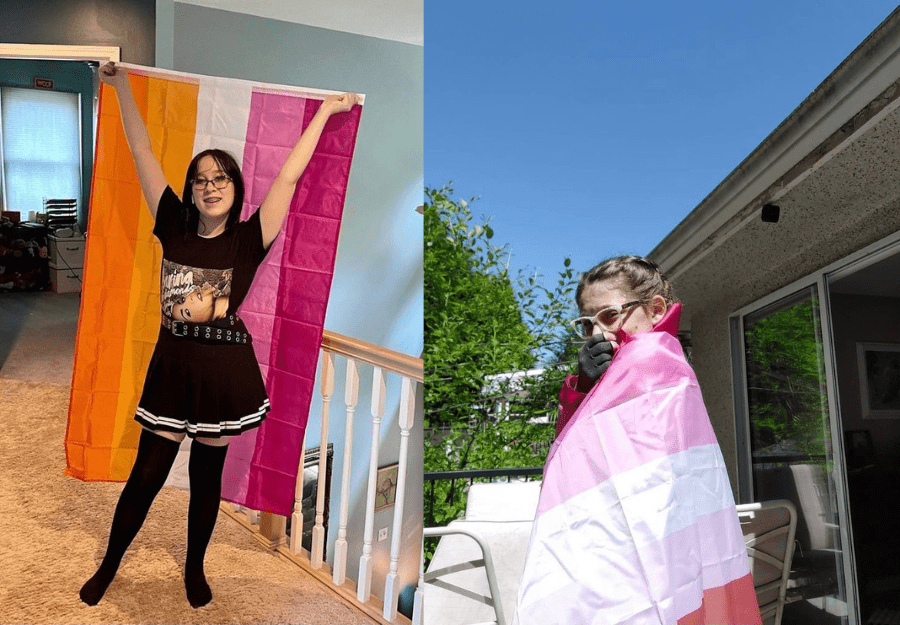
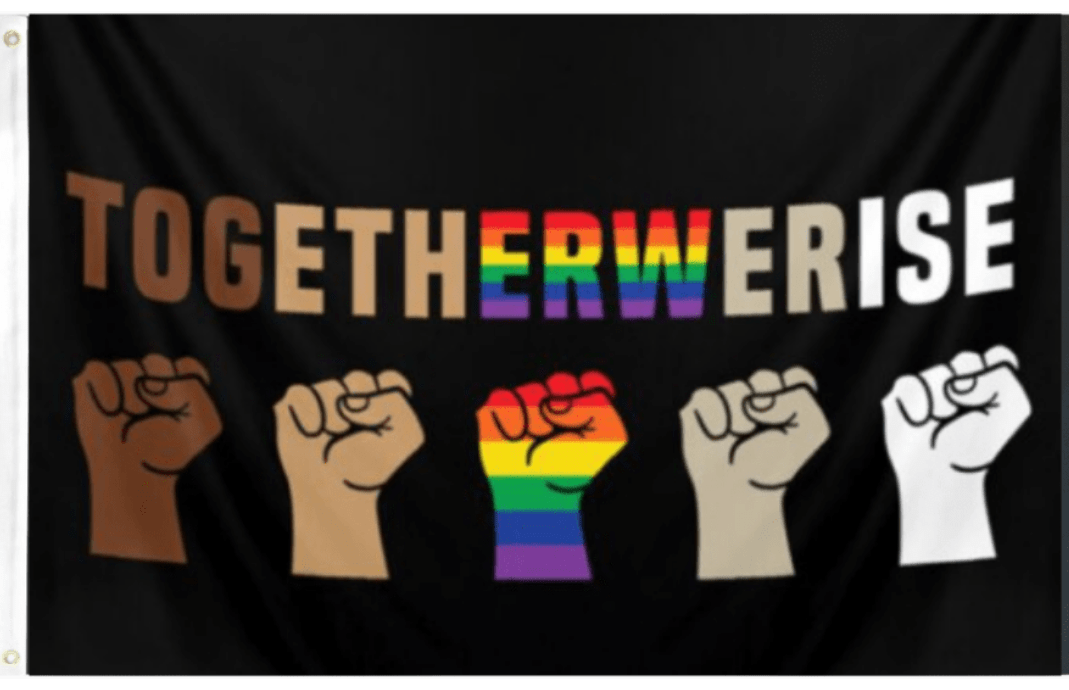
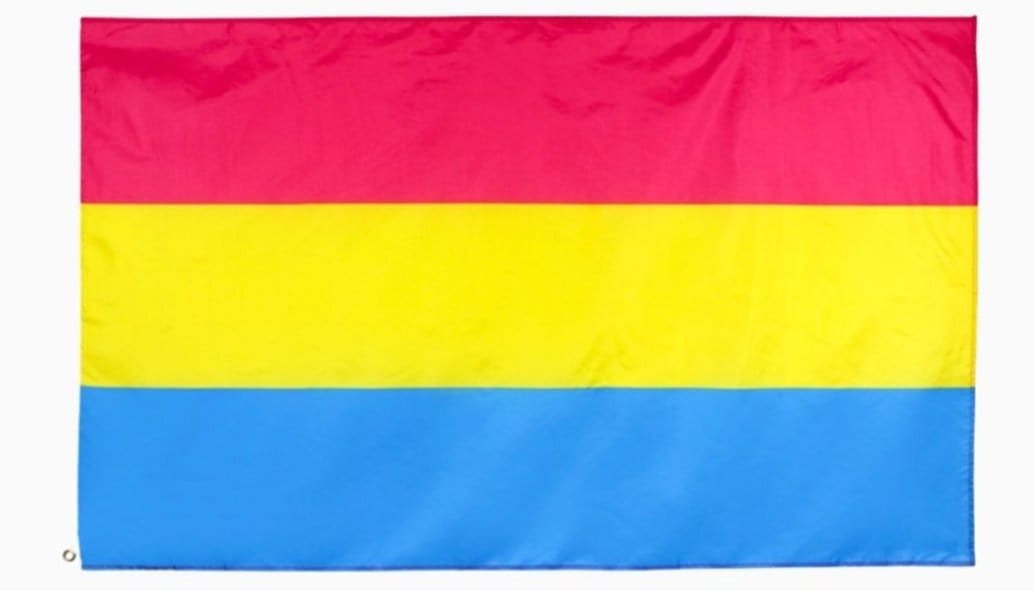



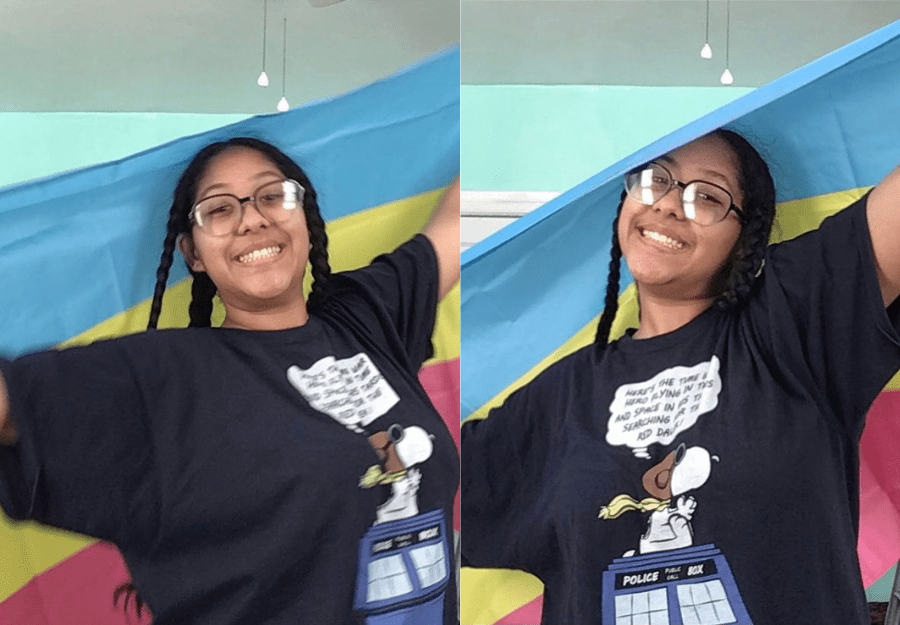
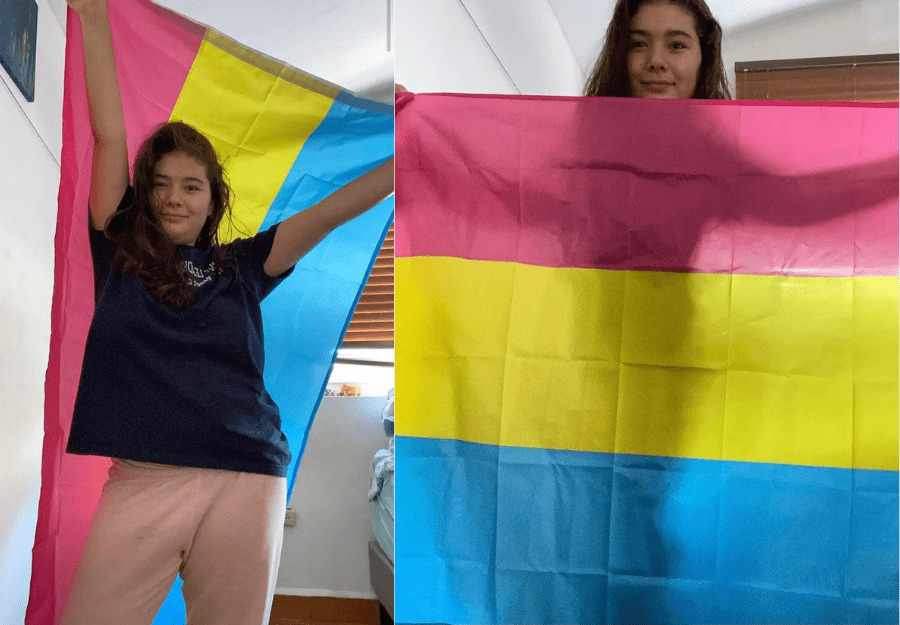

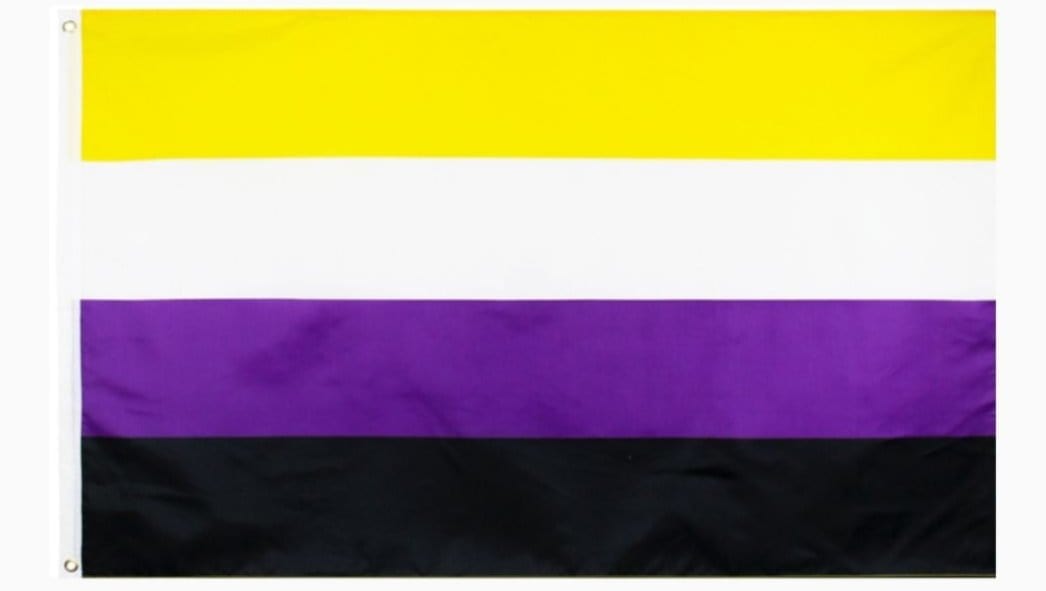




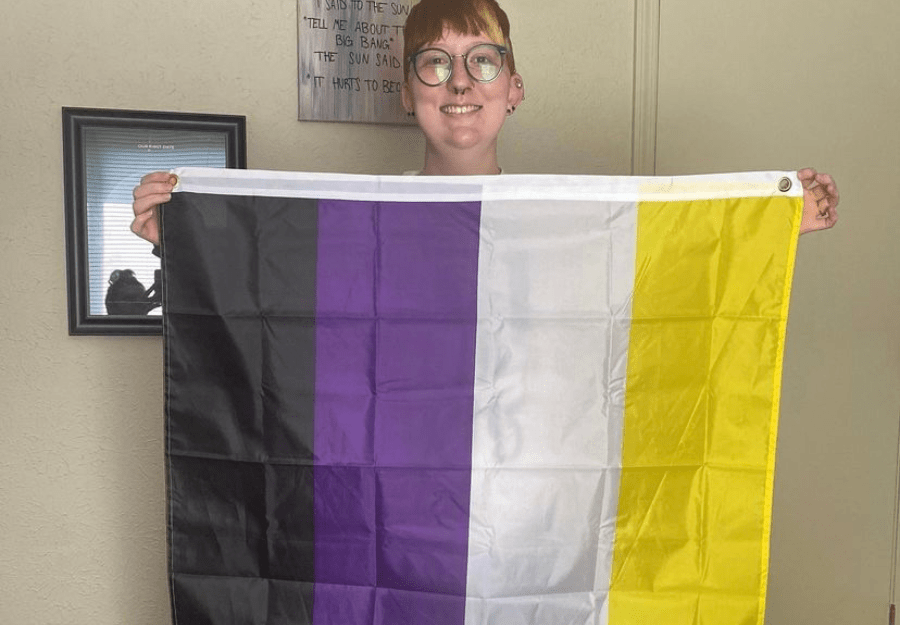

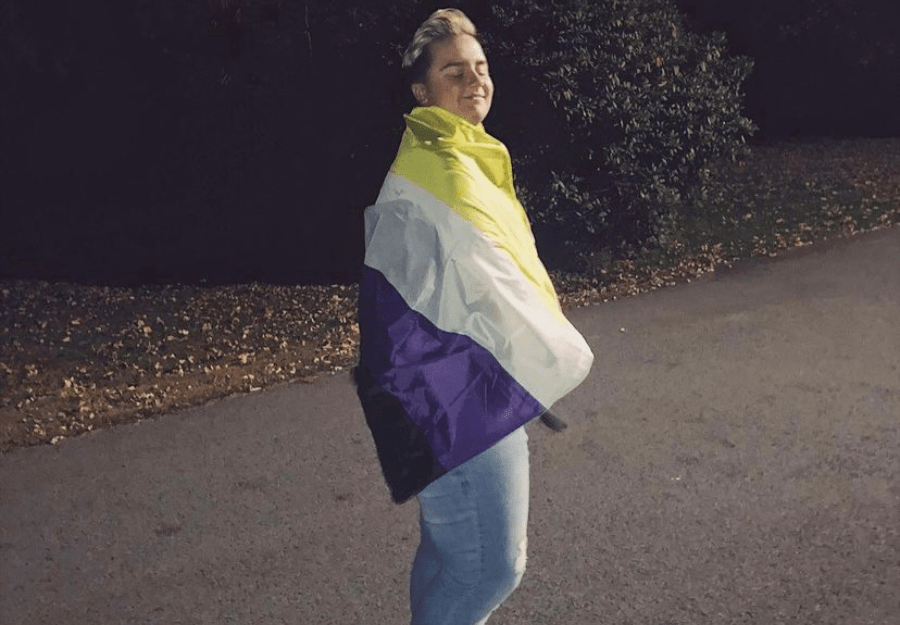
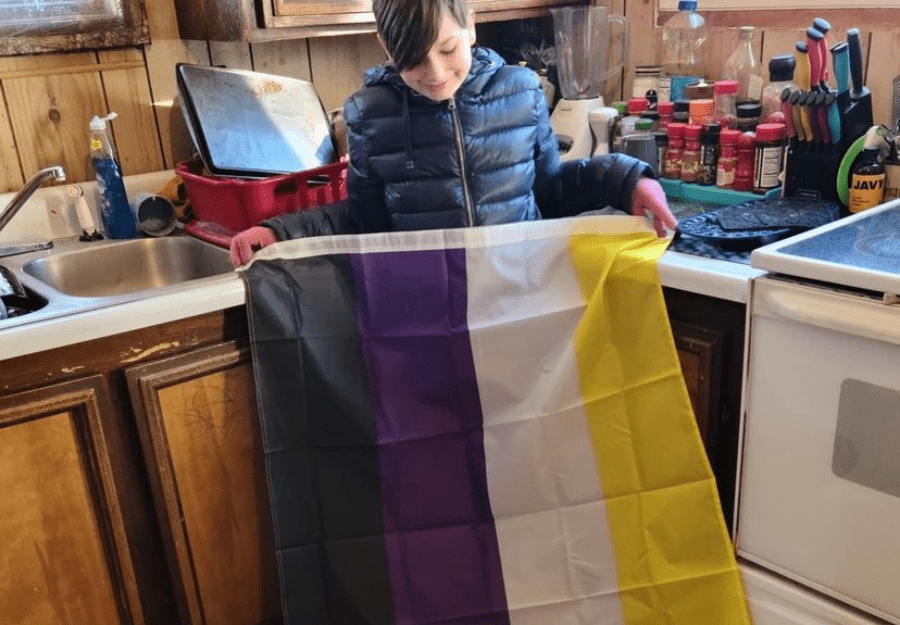
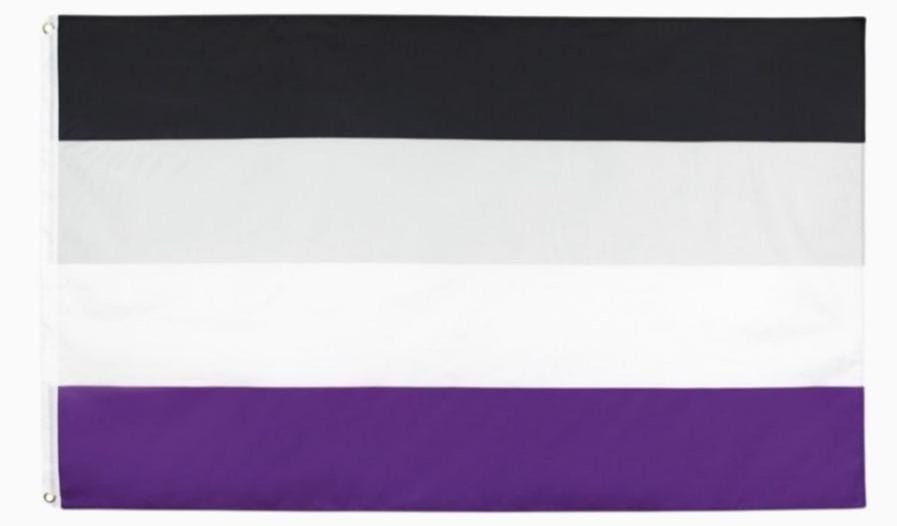
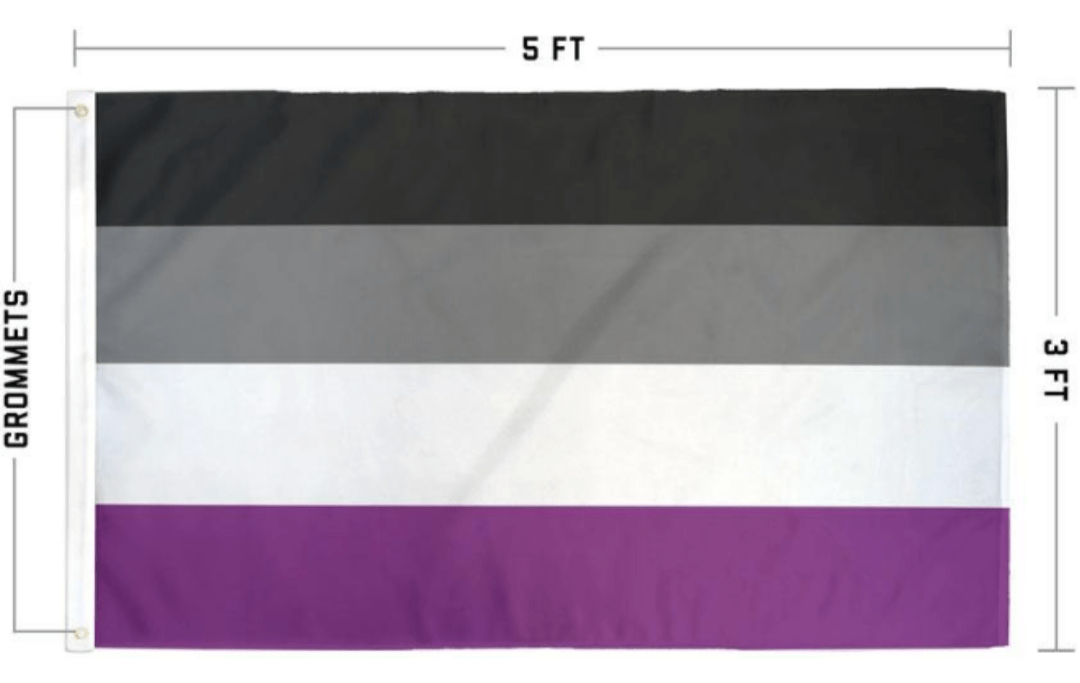


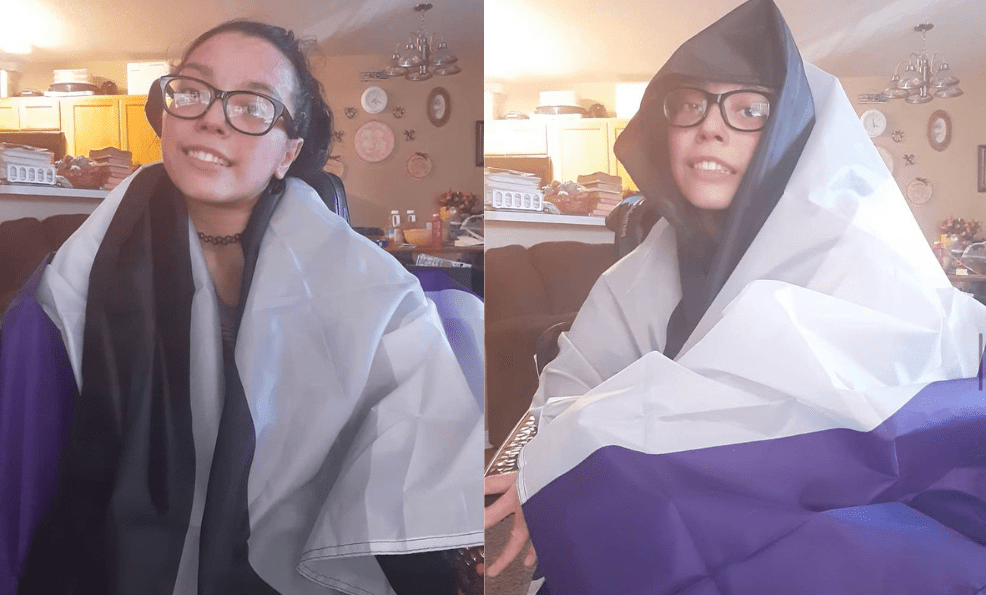

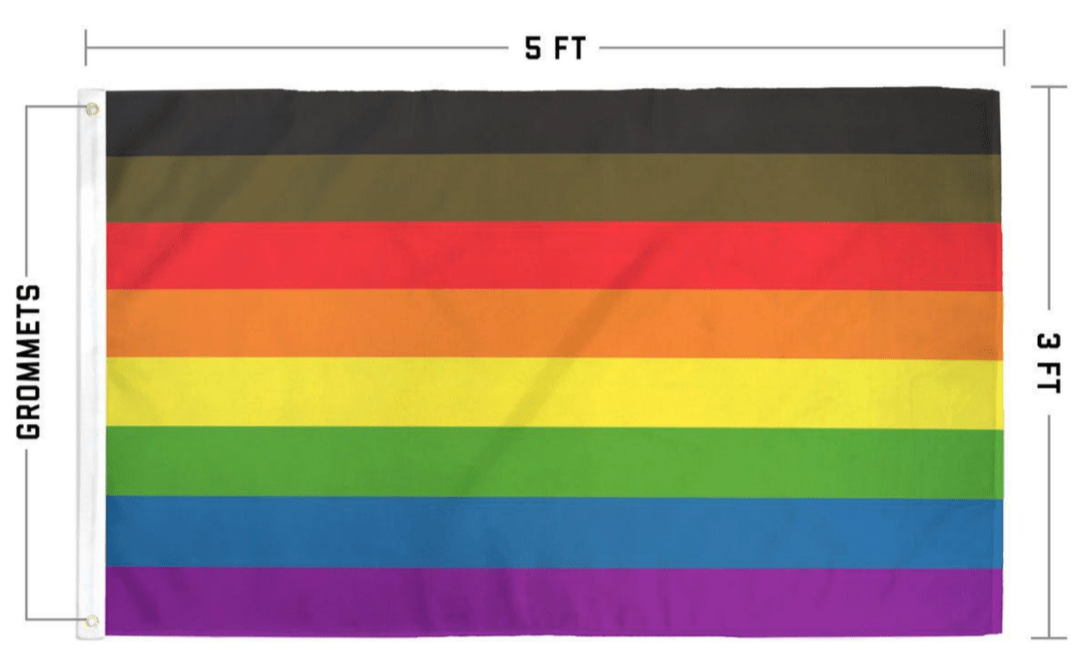


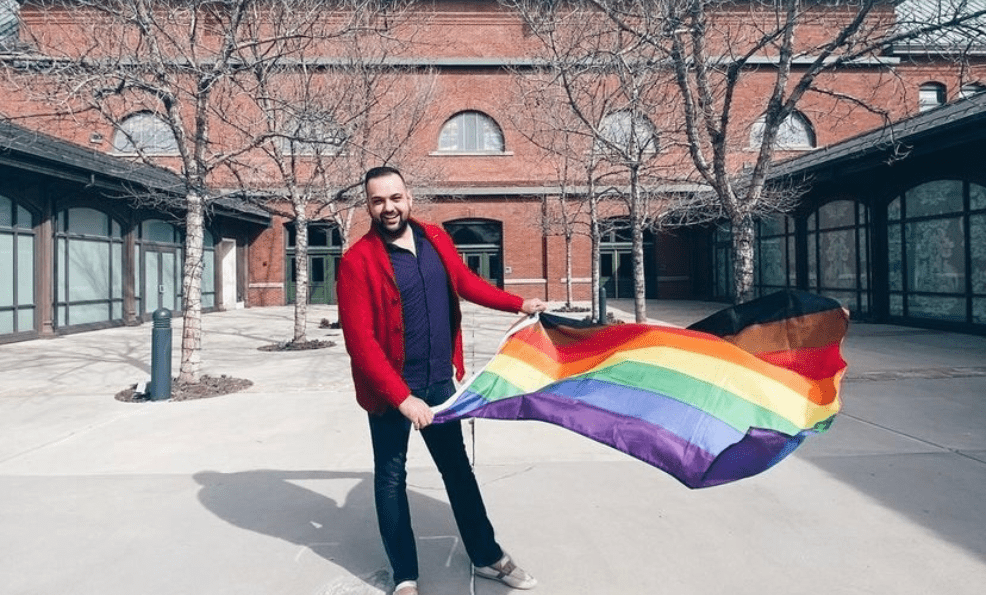
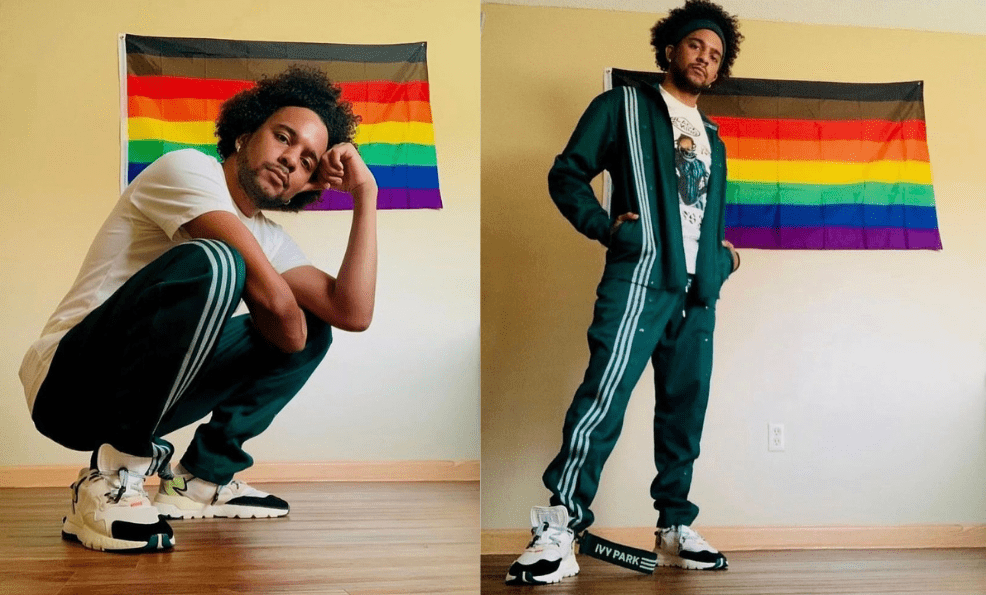
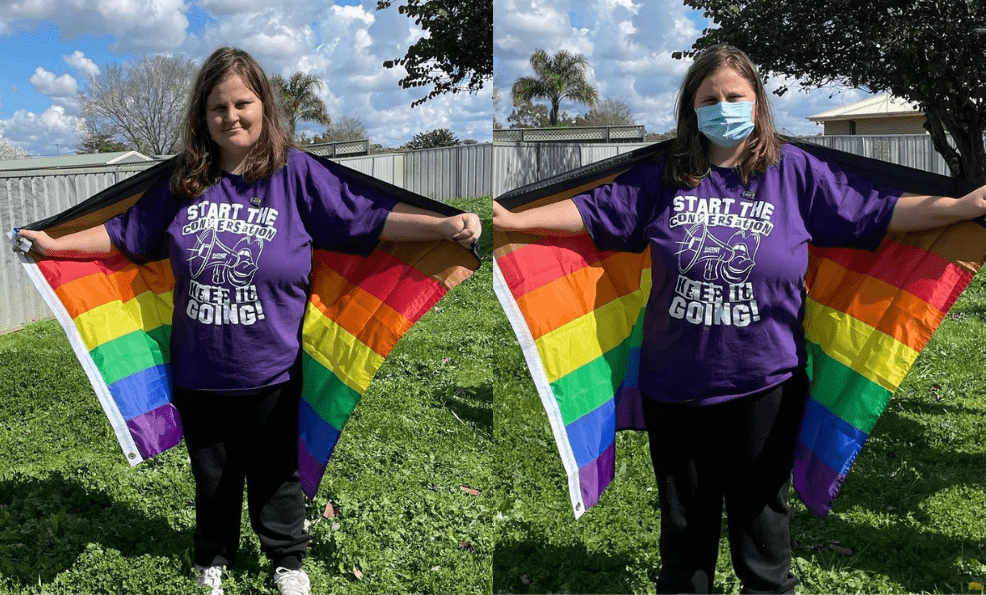

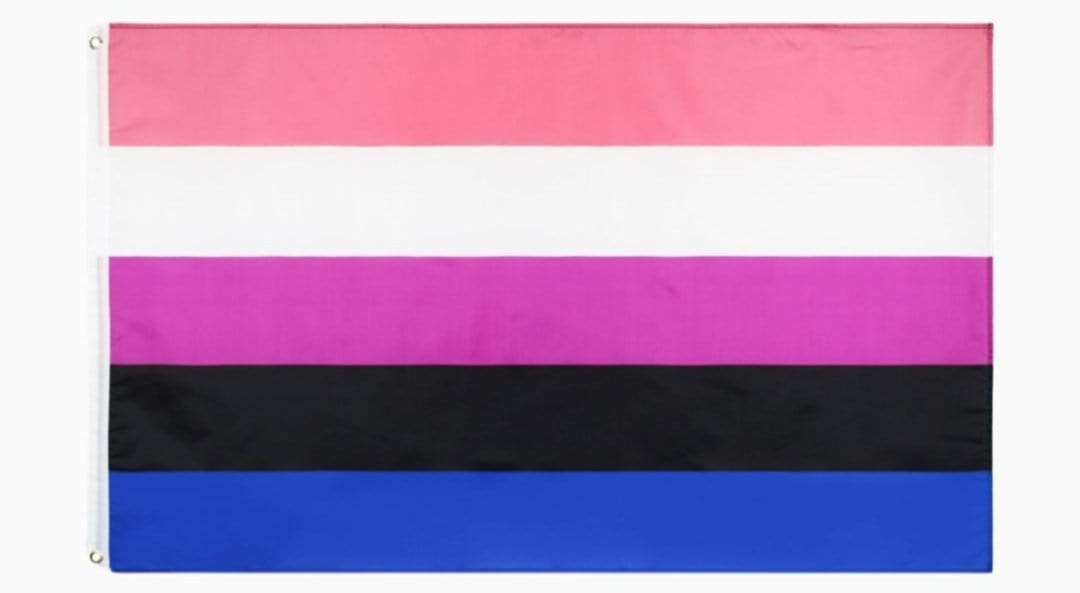












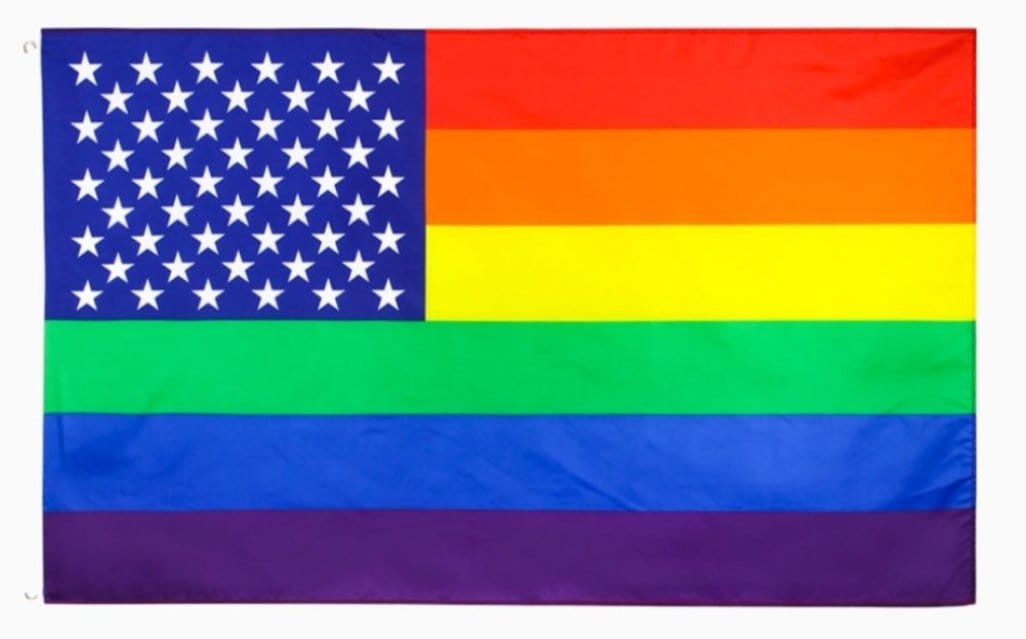


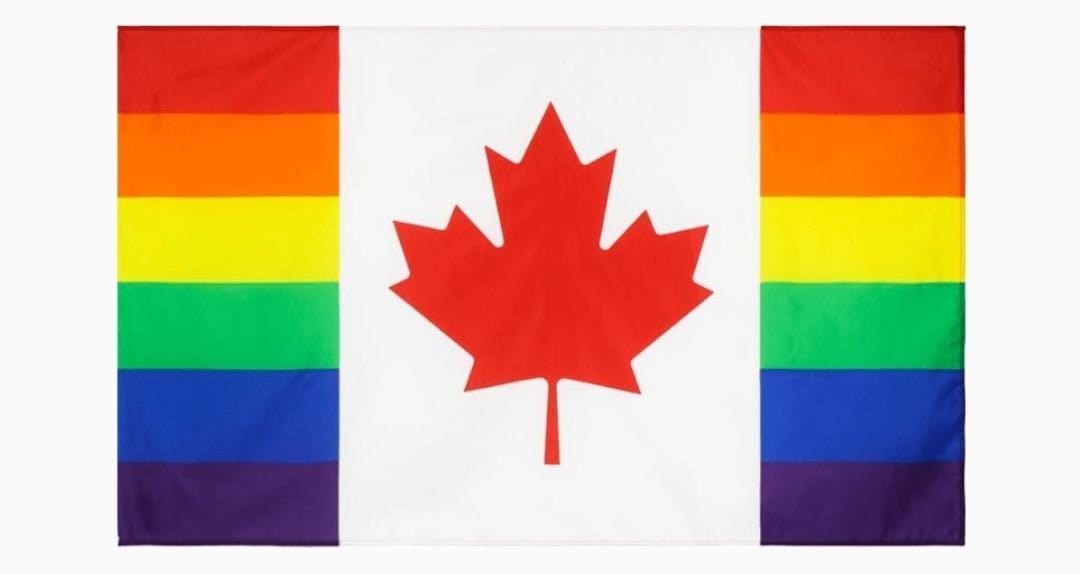
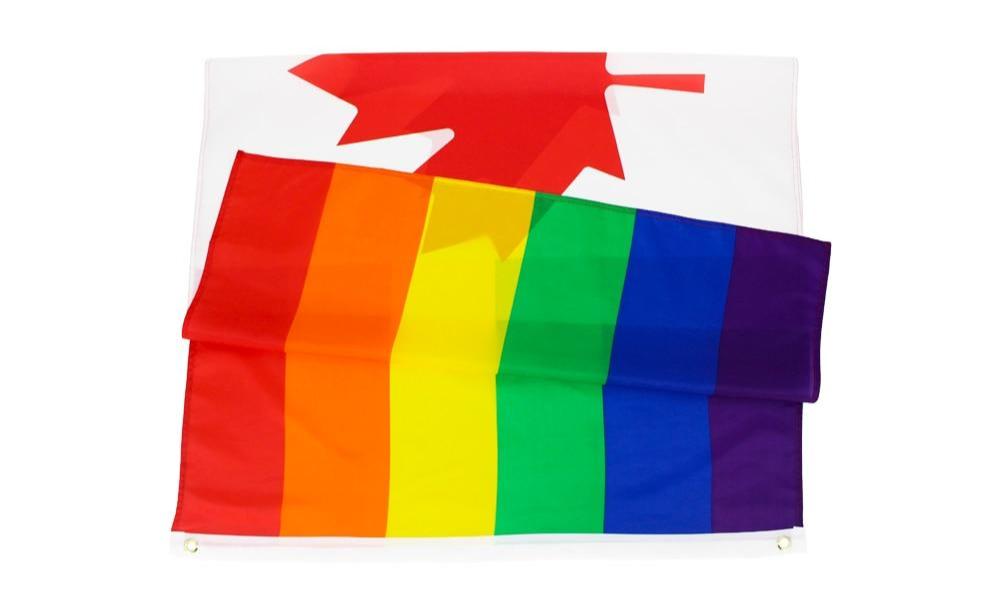


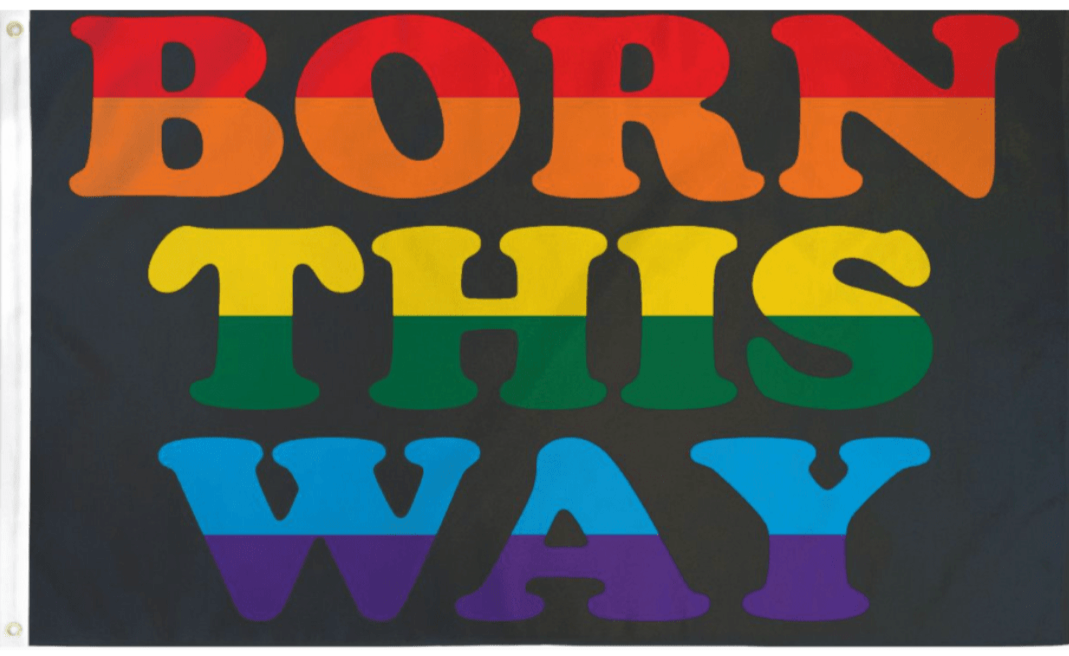

Comments
vx5iz6
azmp9j
16vguc
cp6oli
xmpzly
xjog8b